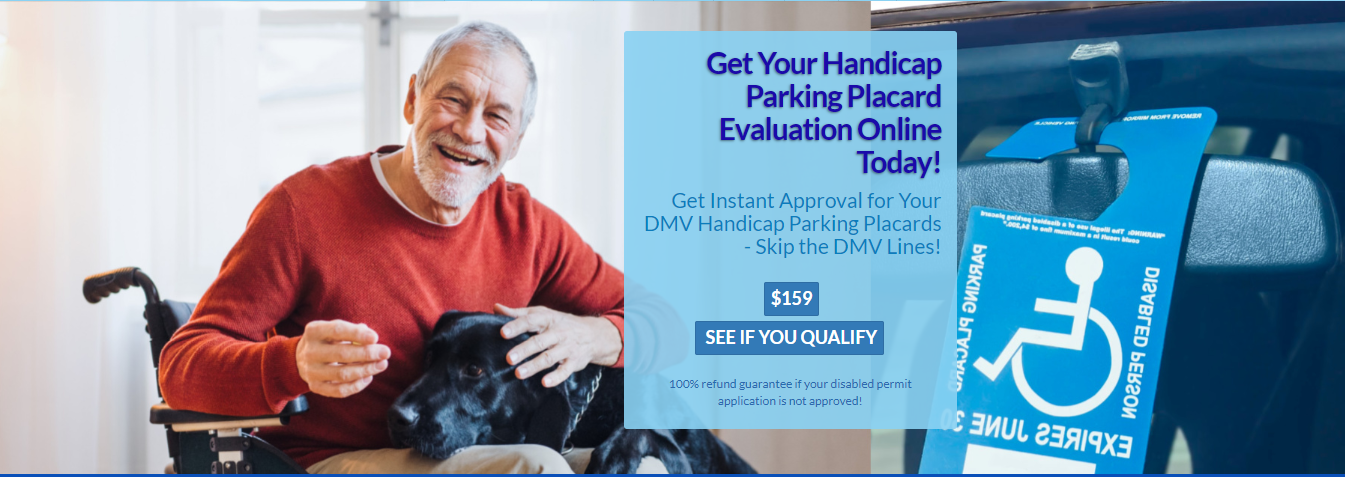In today’s society, accessibility is a fundamental right for all individuals, regardless of their physical capabilities. For those with disabilities, mobility can often present significant challenges. However, obtaining a disabled permit can greatly enhance their ability to navigate the world around them with greater ease and independence.
Relevance and Importance
The importance of accessibility cannot be overstated. It’s not just about convenience; it’s about ensuring equal opportunities for all members of society. By providing individuals with disabilities the means to access public spaces, we promote inclusivity and break down barriers to participation.
Types and Categories
Disabled permits come in various types and categories, each designed to cater to specific needs and circumstances.
Temporary Permits
Temporary permits are issued to individuals whose mobility impairment is expected to improve within a defined period, typically six months to a year. These permits are often granted for conditions such as injuries or surgeries that temporarily affect mobility.
Permanent Permits
Permanent permits are for individuals with long-term or permanent disabilities that significantly impair their mobility. These disabilities may include conditions such as paralysis, severe arthritis, or respiratory disorders.
Symptoms and Signs
Mobility Impairment
Common symptoms of mobility impairment include difficulty walking, standing, or climbing stairs. Individuals may also experience pain, weakness, or fatigue that limits their ability to move freely.
Limited Range of Motion
Limited range of motion can manifest as stiffness or tightness in the muscles and joints, making it challenging to perform everyday tasks such as reaching or bending.
Causes and Risk Factors
Medical Conditions
Mobility impairments can result from a wide range of medical conditions, including musculoskeletal disorders, neurological diseases, and traumatic injuries.
Aging
As individuals age, they may experience a natural decline in mobility due to factors such as muscle weakness, joint stiffness, and decreased balance.
Diagnosis and Tests
Medical Evaluation
To qualify for a disabled permit, individuals typically need to undergo a medical evaluation conducted by a licensed healthcare professional. This evaluation assesses the individual’s mobility limitations and determines their eligibility for a permit.
Documentation
Documentation of the individual’s medical condition, such as medical records, diagnostic tests, and physician statements, may be required to support their application for a disabled permit.
Treatment Options
Assistive Devices
Assistive devices such as wheelchairs, walkers, and mobility scooters can help individuals with disabilities maintain their independence and mobility.
Physical Therapy
Physical therapy programs tailored to the individual’s specific needs can improve mobility, strength, and flexibility, thereby enhancing their ability to perform daily activities.
Preventive Measures
Accessibility Improvements
Ensuring that public spaces are accessible to individuals with disabilities through features such as ramps, elevators, and designated parking spaces can help prevent mobility-related barriers.
Education and Awareness
Educating the public about the needs and challenges faced by individuals with disabilities fosters empathy and understanding, leading to greater inclusivity and support within communities.
Conclusion
In conclusion, obtaining a disabled permit is a vital step towards unlocking mobility and ensuring equal access for individuals with disabilities. By recognizing and addressing their unique needs, we can create a more inclusive and supportive environment for all members of society.
